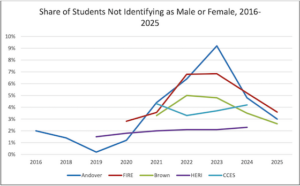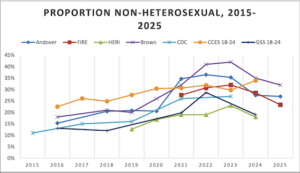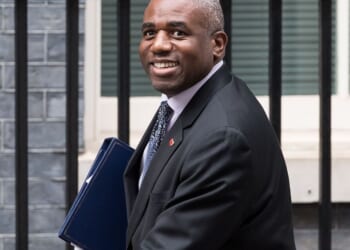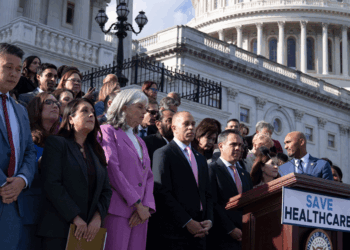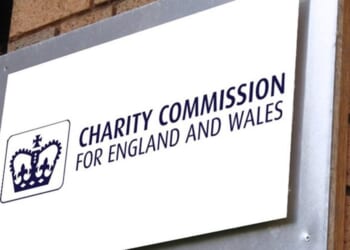One of the strangest phenomena of recent years is the remarkable number of young people who tell pollsters they are bisexual, transsexual, asexual, nonbinary, or otherwise “queer.” Since human biology has not likely changed, what explains this literally perverse trend?
Whatever it was, it now may be drawing to an end. A new report, based on surveys from multiple sources, finds “queer” identification in steep decline:
From the text of the report:
• After surging in the 2010s and 20s, trans and queer identities are in decline among young Americans
• The transgender share among university students peaked in 2023 and has almost halved since, from nearly 7 percent to under 4 percent
• The share of students identifying as not heterosexual fell by around 10 points in the same period
• The decline in non-heterosexual share is concentrated in the queer or other sexual categories (i.e. pansexual, asexual) and, to a lesser extent, bisexuality
• Today’s freshmen are less BTQ+ than seniors, suggesting that decline will continue
• The decline in BTQ+ identification does not appear to be connected to lower social media use, religious revival, a shift to the political right or lower support for woke ideology
• There is evidence that improved mental health has reduced BTQ+ identification
My sense was always that being “queer” was largely a fad, and that actual sexual behavior changed much less than what young people told pollsters. It appears, finally, that the fad is drawing to a close.


